"African Linsang Pictures and Facts." The Website of Everything. Retrieved on April 18, 2014.
- Available at: http://thewebsiteofeverything.com/animals/mammals/Carnivora/Viverridae/Poiana/Poiana-richardsonii.html
Allen, J.A. (Joel Asaph). 1922 - 1925. "Carnivora Collected by the American Museum Congo Expedition." Bulletin of the American Museum of Natural History, Vol. XLVII: 73 - 282. Retrieved on April 18, 2014.
- Available via Internet Archive at: https://archive.org/stream/bulletinamerican47ameruoft#page/73/mode/1up
Allen, William, and T.R.H. Thomson. 1968. A Narrative of the Expedition Sent by Her Majesty's Government to the River Niger in 1841 under the Command of Captain H.D. Trotter. In two volumes. Volume I. First edition: 1848; new impression: 1968. London: Frank Cass and Company Ltd. Retrieved on April 18, 2014.
- Available via Internet Archive at: https://archive.org/details/narrativeofexped01alle
Allen, William, and T.R.H. Thomson. 1968. A Narrative of the Expedition Sent by Her Majesty's Government to the River Niger in 1841 under the Command of Captain H.D. Trotter. In two volumes. Volume I. First edition: 1848; new impression: 1968. London: Frank Cass and Company Ltd. Retrieved on April 18, 2014.
- Available via Internet Archive at: https://archive.org/details/narrativeofexped02alle
Bisby, F.A.; Roskov, Y.R.; Orrell, T.M.; Nicolson, D.; Paglinawan, L.E.; Bailly, N.; Kirk, P.M.; Bourgoin, T.; Baillargeon, G.; Ouvrard, D. (red.). 2011. "Poiana leightoni." Species 2000 & ITIS Catalogue of Life: 2011 Annual Checklist. Reading, UK: Species 2000. Retrieved on April 18, 2014.
- Available at: http://www.catalogueoflife.org/annual-checklist/2011/search/all/key/poiana+leightoni/match/1
Boelens, Bo; Watkins, Michael; and Grayson, Michael. 2009. The Eponym Dictionary of Mammals. JHU Press.
Driver, Stephanie (ed.). 2008. Exploring Mammals. Tarrytown, NY: Marshall Cavendish Corporation.
Duff, Andrew; and Lawson, Ann. 2004. Mammals of the World: A Checklist. Yale University Press.
Fauna and Flora of Liberia. Sapo National Park: Sapo Conservation Centre. Retrieved on April 18, 2014.
- Available at: http://www.liberianfaunaflora.org/FFI/Home.aspx
Ford, Martin. 1992. "Kola Production and Settlement Mobility among the Dan of Nimba, Liberia." African Economic History, No. 20: 51-63.
Hunt, Robert M., Jr. 2001. "Basicranial Anatomy of the Living Linsangs Prionodon and Poiana (Mammalia, Carnivora, Viverridae), with Comments on the Early Evolution of Aeluroid Carnivorans."American Museum Novitates, No. 3330 (April 26, 2001): 1 - 24.
- Available at: http://digitallibrary.amnh.org/dspace/handle/2246/2947?show=full
Hunter, Luke; and Barrett, Priscilla. 2011. A Field Guide to the Carnivores of the World. London, Cape Town, Sydney, Auckland: New Holland Publishers (UK) Ltd.
Jackson, Nick. 3 August 2012. "Lady Dorothy Mills, Adventuress!" Adam Matthew a SAGE Company. Retrieved on April 18, 2014.
- Available at: http://www.amdigital.co.uk/m-blog/lady-dorothy-mills-adventuress/
Jennings, A. P.; and Veron, J. 2009. "Family Viverridae (Civets, Genets, and Oyans)." In: Don E. Wilson and Russel Mittermeier (Hrsg.) Handbook of the Mammals of the World Volume 1: Carnivores. Lynx Edicions.
Johnson, Sir Harry. 1906. Liberia. In two volumes. Volume II. London: Hutchinson & Co.
- Available via Internet Archive at: https://archive.org/details/liberia02john
Jukofsky, Diane for the Rainforest Alliance. 2002. Encyclopedia of Rainforests. Westport, CT: Oryx Press.
Kingdon, Jonathon; Happold, David; Butynski, Thomas; Hoffmann, Michael; Happold, Meredith; and Jan Kalina (eds.). 2013. Mammals of Africa, Volume 5: Carnivores, Pangolins, Equids and Rhinoceroses, edited by Jonathan Kingdon and Michael Hoffmann. Bloomsbury Publishing.
Kondo, H.; Tesar, J.; Cloud, D.; Kagan, L. (eds.). 1972. Civets, Genets, and Linsangs, Vol. 2, 3rd Edition. Milan: Fratelli Fabbri Editori.
"Linsang." Encyclopaedia Britannica, Inc. Retrieved on April 18, 2014.
- Available at: http://www.britannica.com/EBchecked/topic/342612/linsang
Myers, P.; Espinosa, R.; Parr, C.S.; Jones, T.; Hammond, G.S.; and T. A. Dewey. 2014. "Poiana leightoni (Leighton's Lingsang)." The Animal Diversity Web (On-line). Retrieved on April 18, 2014.
- Available at: http://animaldiversity.ummz.umich.edu/accounts/Poiana_leightoni/classification/
Nowak, Ronald M. 1999. Walker's Mammals of the World, Sixth Edition. Volume I. Baltimore: Johns Hopkins University Press.
"Overview of Sapo." European Commission Joint Research Centre Land Resource Management Unit. Last updated on December 14, 2009. European Communities 2008. Web. bioval.jrc.ec.europa.eu
- Available at: http://bioval.jrc.ec.europa.eu/PA/pa/7409/frame_7409.html
Peters, William (Dr.). 1863. "Note on the Galago demidoffii of Fischer." Proceedings of the Scientific Meetings of the Zoological Society of London for the Year 1863. London: Longman, Green, Longmans, and Roberts.
- Available via Biodiversity Heritage Library at: http://biodiversitylibrary.org/page/30681730
Pocock, R.I. 26 November 1907. "Report upon a Small Collection of Mammalia Brought from Liberia by Mr. Leonard Leighton." Proceedings of the General Meetings for Scientific Business of the Zoological Society of London 1043-1047. Retrieved on April 18, 2014.
- Available via Internet Archive at: https://archive.org/stream/proceedingsofzoo19074471121zool#page/1037/mode/1up
"Poiana leightoni (Leighton's Linsang)." Zipcode Zoo. Retrieved on April 18, 2014.
- Available at: http://zipcodezoo.com/animals/p/poiana_leightoni/
"Poiana leightoni (Pocock, 1908)." ITIS Standard Report Page: Taxonomic Serial Number 726263. Integrated Taxonomic Information System. Retrieved on April 18, 2014.
- Available at: http://www.itis.gov/servlet/SingleRpt/SingleRpt?search_topic=TSN&search_value=726263
"Poiana leightoni: West African Oyan." Encyclopedia of Life. Retrieved on April 18, 2014.
- Available at: http://eol.org/pages/1053878/overview
Rosevear, D.R. 1974. The Carnivores of West Africa. London: British Museum (Natural History). Retrieved on April 18, 2014.
- Available via Biodiversity Heritage Library at: http://www.biodiversitylibrary.org/item/35416#page/7/mode/1up
Van Rompaey, H.; Gaubert, P.; Dunham, A.; and Hoffmann, M. 2008. "Poiana leightoni." In: IUCN 2008. International Union for Conservation of Nature and Natural Resources Red List of Threatened Species. Retrieved on April 18, 2014.
Veron, Geraldine. 6 September 2010. "Phylogeny of the Viverridae and 'Viverrid-like' feliforms." Pp. 64-91 in Carnivoran Evolution: New Views on Phylogeny, Form and Function, edited by Anjali Goswami and Anthony Friscia. Cambridge University Press: Cambridge Studies in Morphology and Molecules: New Paradigms in Evolutionary Bio.
Wilson, Don E.; and Reeder, DeeAnn M. (editors). 2005. Mammal Species
of the World: A Taxonomic and Geographic Reference (3rd ed), Johns Hopkins University Press.
Wrobel, Murray (Editor). 2007. Elsevier's Dictionary of Mammals: Latin English German French Italian. Oxford, U.K.: Elsevier B.V.


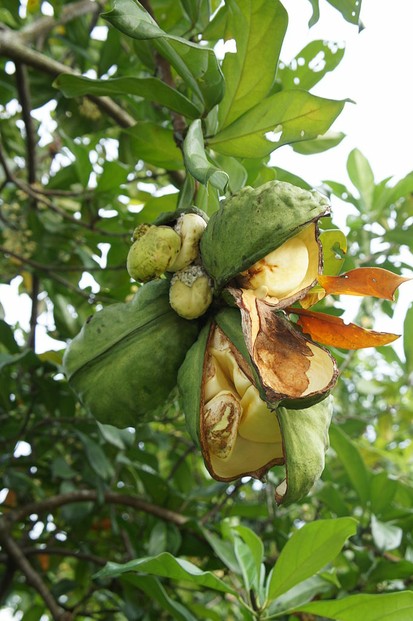
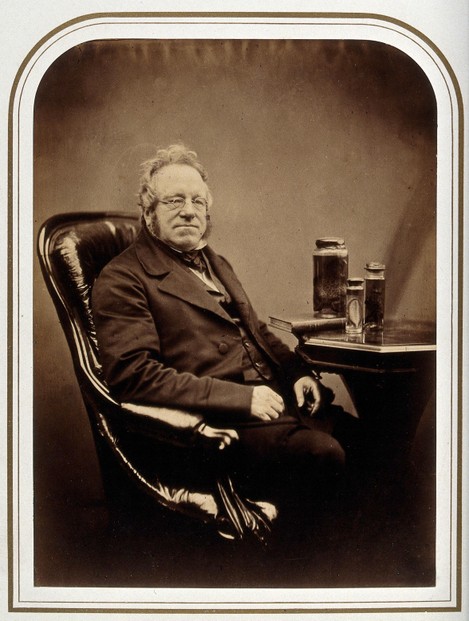
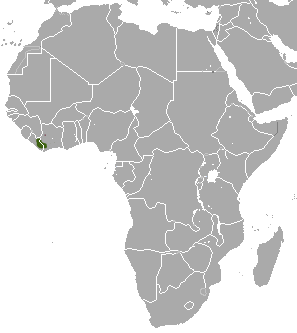
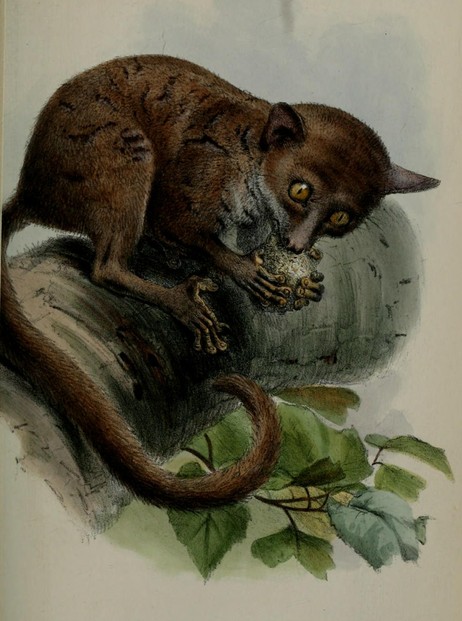
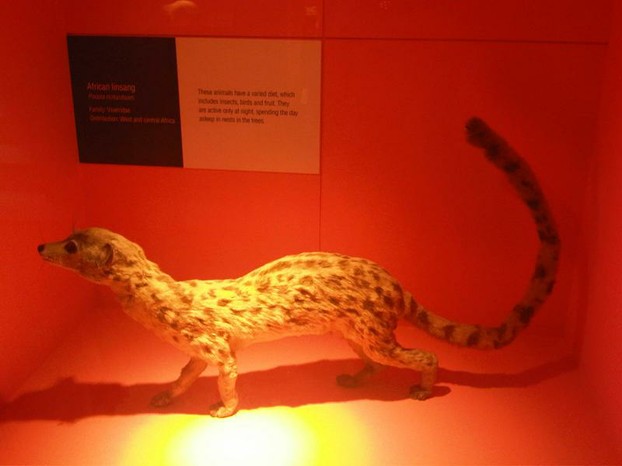

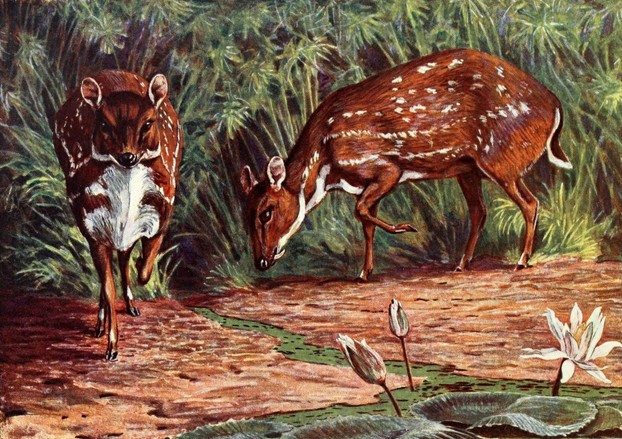
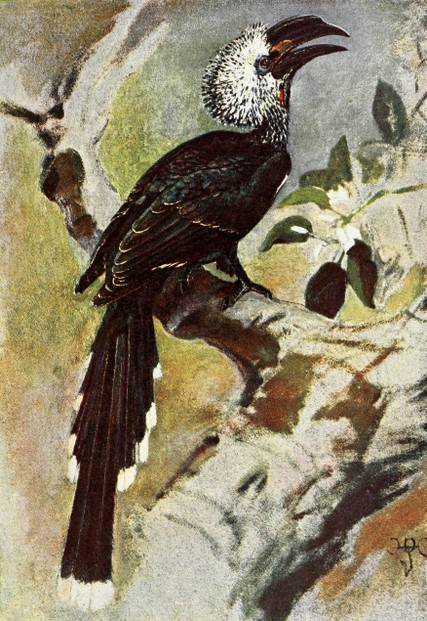





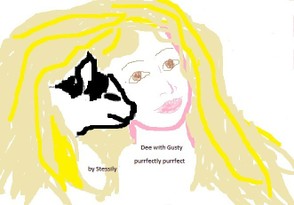


 Are Hawaiian Huakai Po Nightmarchers Avenging Halloween Thursday?on 10/02/2024
Are Hawaiian Huakai Po Nightmarchers Avenging Halloween Thursday?on 10/02/2024
 Mailing Addresses for 2023 Form 4868 Extending 1040 and 1040SR April 15, 2024, Due Dateon 04/15/2024
Mailing Addresses for 2023 Form 4868 Extending 1040 and 1040SR April 15, 2024, Due Dateon 04/15/2024
 Mailing Addresses for 2023 Forms 1040 and 1040SR Filed in 2024on 04/15/2024
Mailing Addresses for 2023 Forms 1040 and 1040SR Filed in 2024on 04/15/2024
 Mailing Addresses for 2022 Form 4868 Extending 1040 and 1040SR April 18, 2023, Due Dateon 04/13/2023
Mailing Addresses for 2022 Form 4868 Extending 1040 and 1040SR April 18, 2023, Due Dateon 04/13/2023

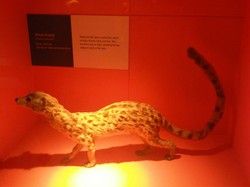
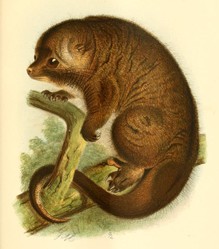
Comments
VioletteRose, Thank you! Leighton's linsangs and their synecological faunal and floral coterie are wonderfully photogenic.
Interesting species, the pictures look really great!